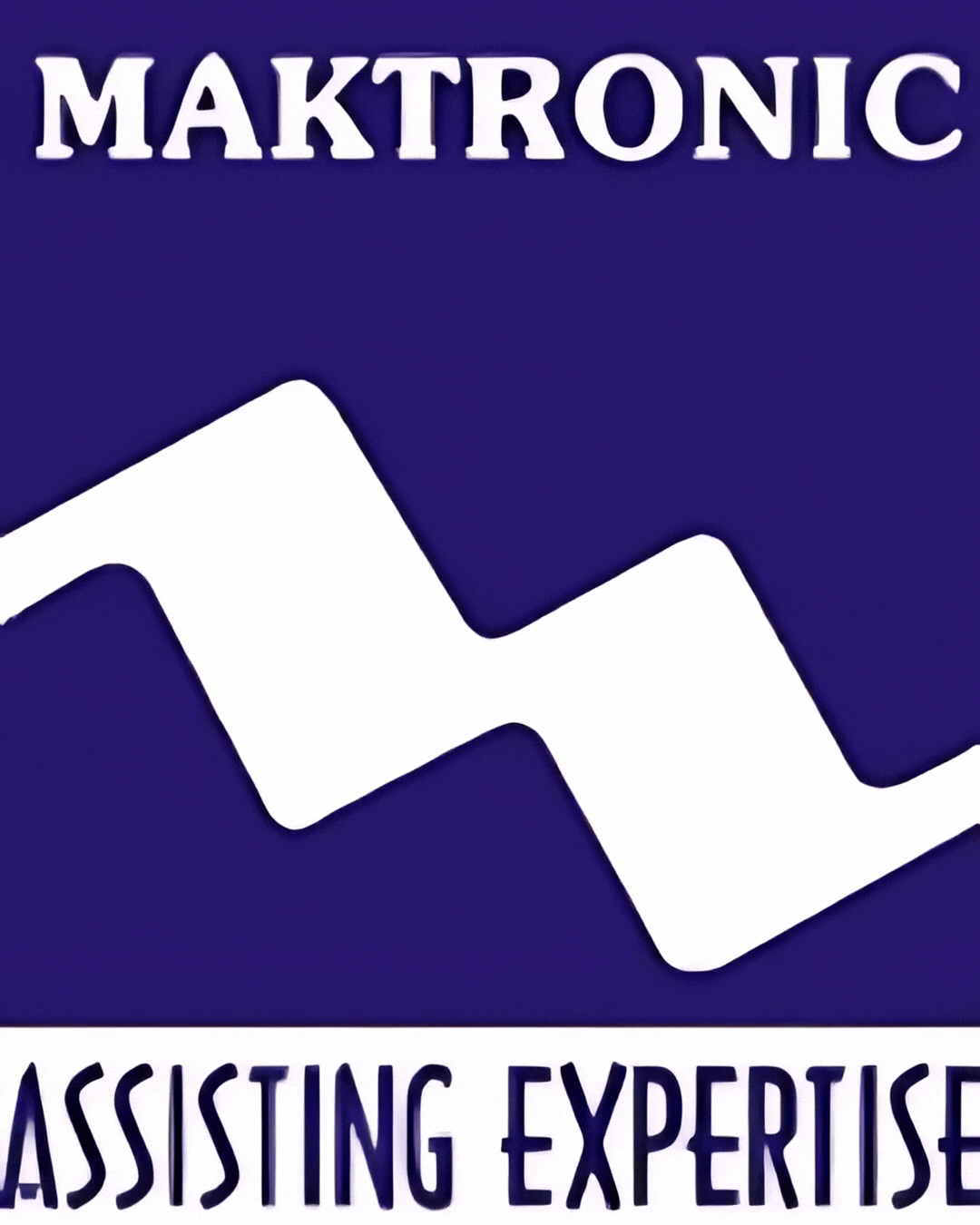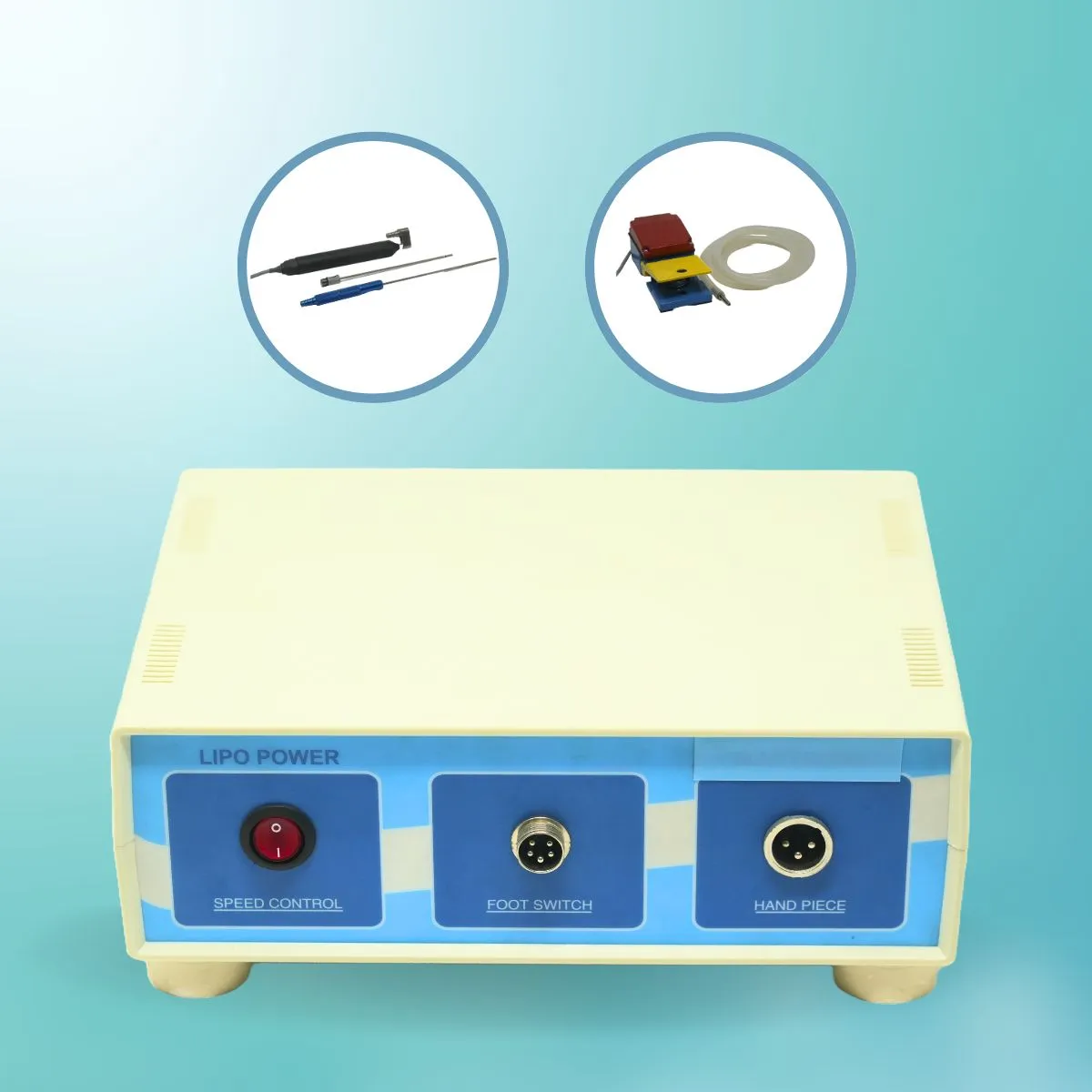LIPO SUCTION
Description
Liposuction in Plastic Surgery – Detailed Description
Liposuction (also known as lipoplasty, suction lipectomy, or lipo) is a cosmetic surgical procedure designed to remove localized fat deposits from specific body areas, improving body contour and proportion. It is commonly performed to reshape areas that are resistant to diet and exercise.
Purpose of Liposuction in Plastic Surgery
Liposuction is not intended as a weight loss solution but is used to sculpt and refine body contours. Common treatment areas include:
- Abdomen
- Thighs
- Hips and Flanks (Love Handles)
- Back
- Arms
- Neck and Chin
- Buttocks
- Chest (commonly in gynecomastia treatment)
Types of Liposuction Techniques
-
Tumescent Liposuction
- The most common technique.
- A sterile solution containing saline, lidocaine (anaesthetic) and epinephrine (to reduce bleeding) is injected into the target area.
- This solution swells the fat cells, making them easier to remove with a thin cannula (tube).
-
Ultrasound-Assisted Liposuction (UAL)
- Uses ultrasonic vibrations to liquefy fat cells before suctioning.
- Suitable for dense or fibrous areas like the back or male chest.
-
Laser-Assisted Liposuction (LAL)
- Uses laser energy to liquefy fat cells for easier removal.
- May improve skin tightening post-procedure.
-
Power-Assisted Liposuction (PAL)
- Uses a vibrating cannula that enhances fat breakdown and removal.
- Reduces surgeon fatigue and is effective for larger fat volumes.
-
Vaser Liposuction (Vibration Amplification of Sound Energy at Resonance)
- Uses advanced ultrasound technology for precise fat removal.
- Minimizes damage to surrounding tissues, improving recovery time.
Procedure Steps
- Pre-operative Preparation:
- Detailed assessment of fat distribution and body contour.
- Marking the target areas.
- Anaesthesia:
- Local, regional or general anaesthesia depending on the treatment area and fat volume.
- Incision and Cannula Insertion:
- Small incisions (typically 2-5 mm) are made to insert a thin tube (cannula).
- Fat Suctioning:
- The cannula is moved back and forth to break up fat cells, which are then suctioned out using a vacuum.
- Closing the Incisions:
- Incisions are closed with sutures or left open to allow fluid drainage.
Recovery and Post-operative Care
- Swelling, bruising and discomfort are common and may last for several weeks.
- Patients are typically advised to wear compression garments for 4-6 weeks to reduce swelling and support skin retraction.
- Light physical activities are encouraged after 48 hours, while strenuous exercise should be avoided for 3-4 weeks.
Risks and Complications
Although liposuction is generally safe, potential risks include:
- Contour irregularities (lumps or uneven skin).
- Infection or bleeding.
- Fluid accumulation (seroma).
- Nerve damage or numbness.
- Skin laxity or sagging.
- Deep vein thrombosis (DVT) or fat embolism in rare cases.
Ideal Candidates for Liposuction
- Individuals with stubborn fat deposits that resist diet and exercise.
- Those with good skin elasticity to ensure smooth contouring post-procedure.
- Patients who are within 30% of their ideal body weight for best results.
Conclusion
Liposuction is an effective procedure in plastic surgery for enhancing body shape by removing localized fat deposits. When performed by a skilled surgeon, it offers long-lasting results with improved body contours. However, maintaining results requires a healthy lifestyle, as liposuction does not prevent future weight gain.


